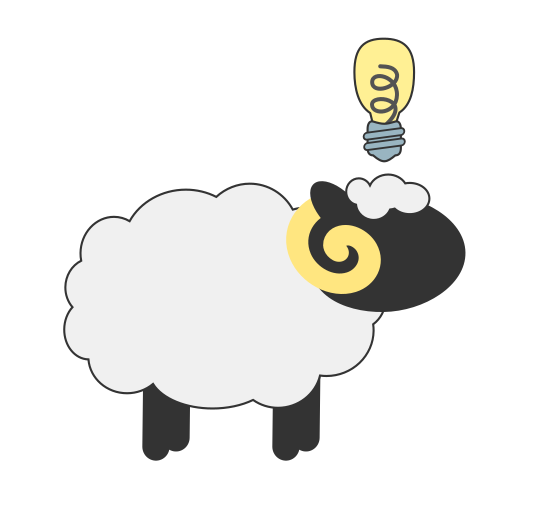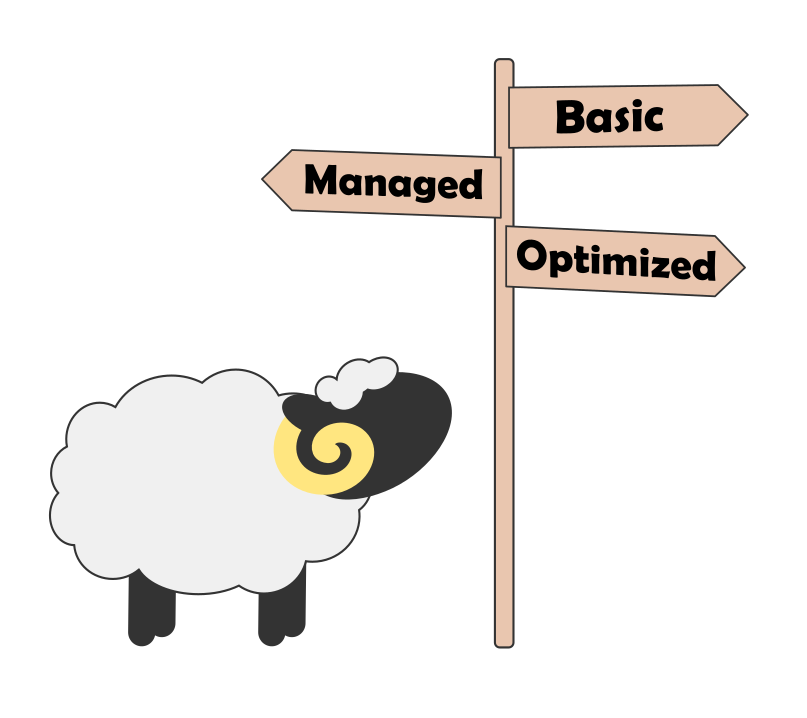Introduction
The reason for preserving digital content is so that it can be accessed, but decisions need to be made around who can access it, how and when? The answers to these questions are rarely straightforward, particularly where many different types of content with different rights and restrictions are involved.
“This is a really important section of RAM for us as access has always been the driver for any of the digital preservation activities at the University. Our collections have been the focus of all of our digital preservation activities to date and this work is really seen as an extension of our core role to support teaching, learning and research (which inevitably brings a need for access).” - Elisabeth Thurlow, University of the Arts London
-
Facilitating access to content is challenging if you don’t have the right information about licensing, permissions and confidentiality. You may need to put a substantial amount of effort into enhancing metadata and documentation about collections before you can consider access.
-
Make your access platform user-led. Find out what people are searching for, what terms they are using, and which searches are producing no results. Ask users how they want to be able to search.
-
Make web accessibility a part of every conversation about online access to digital collections - it should not be an afterthought.
-
Ensure it is clear to users of the content what they can and can’t do with it. There are great examples of clear infographics that explain Creative Commons licencing for users from Te Papa (https://collections.tepapa.govt.nz/object/1289772 - click on download image) and University of the Arts London (https://digitalcollections.arts.ac.uk/object/?code=calm:TE/1/2/1/iii - click on ‘creative commons’).
-
Find ways of demonstrating the value and impact of increased access - gather case studies and examples of how digital content is being used.
-
Consider using online content for online exhibitions or online collaborations. Increased availability of content may enable other types of access that you had not previously considered.
-
Levels of Born Digital Access - this award winning initiative from the DLF Born-Digital Access Working Group, provides a set of clear benchmarks and practical guidelines supporting access to born-digital materials.
-
Developing an Access Strategy for Born Digital Archival Material - this Technology Watch Report Guidance Note from Brian Dietz and Shira Peltzman includes a set of recommendations that provide a starting point for establishing access to born digital archives.
-
Exploring ethical considerations for providing access to digital heritage collections - a Technology Watch Guidance Note from Lisa Smith, Jenny Wood, Greg Oakes & Madalyn Grant details the ethical considerations when working toward access outcomes.
-
Novice to Know-how "Providing Access to Preserved Digital Content" - this online course aims to provide learners with an understanding of the broad range of issues to be considered when providing access, as well as the ability to implement simple access provisions.
-
Computational Access: A beginner's guide for digital preservation practitioners - this introductory guide to computational access is intended to provide enough information for practitioners to understand the benefits and drawbacks of computational access, and define some first steps towards implementing it.
-
Understanding User Needs - a DPC Technology Watch Guidance Note by Sharon McMeekin which explains different methodologies for finding out what your users want.
-
Curating for Accessibility - an article in the International Journal of Digital Curation by T. Anderson, R.D. Colón, A. Goben and S. Karcher which discusses Accessibility of research data to disabled users and how this was addressed at he Qualitative Data Repository. There are some helpful and pragmatic tips for moving forward listed in the article.
-
Endings Principles for Digital Longevity – a set of prompts that digital humanities projects are encouraged to follow in order to ensure the longevity of their web interfaces. There are five primary components: data, documentation, processing, products, and release management.
-
Legal and Ethical Considerations for Born-Digital Access (2022) – produced by the Legal Due Diligence Subteam of the Digital Library Federation Born-Digital Access Working Group. “It comprises a set of guidelines for thinking through the complex legal and ethical issues involved in providing access to born-digital archival records.
-
Ownership, Control, Access and Possession (OCAP™): The Path to First Nations Information Governance, from the First Nations Information Governance Centre (2014) – the product of a Canadian initiative which describes itself as “the de facto standard for conducting research on First Nations, and has grown beyond research to include the governance of all First Nations Information”.
-
Providing computational access to the Polytechnic Magazine (1879 to 1960) - Jacob Bickford talks through his approach to implementing computational access to a set of digitized magazines at the University of Westminster.
-
Inspiring curiosity: Increasing access to collections at University of the Arts London - Elisabeth Thurlow from University of the Arts London blogs about a project to increase access to their growing digital collections.
-
Discovering the digital: Developing born digital access - Laura Peaurt describes progress towards establishing access to born digital content at the University of Nottingham.
-
Understanding user needs: a case study from the National Library of Scotland - this Technology Watch Guidance Note from Chris Fleet provides a good example of how access systems are updated to reflect user feedback.
-
Self-Care Protocol for Archivists and Researchers - this protocol from the Archiving Reproductive Health project at the Digital Repository of Ireland provides a good example of the guidance that can be provided to users of sensitive and potentially traumatic digital collections.
-
Academics Retire and Servers Die: Adventures in the Hosting and Storage of Digital Humanities Projects by James Cummings (2023), Digital Humanities Quarterly, Vol 17 No 2 - an interesting case study describing what became of two digital humanities web interfaces after the project that created and maintained them ended. References the Endings Principles as a helpful way of mitigating some of the risks around the longevity of web interfaces.















































































































































